2024 Porsche Cayenne Review: All The Car You Could Possibly Want
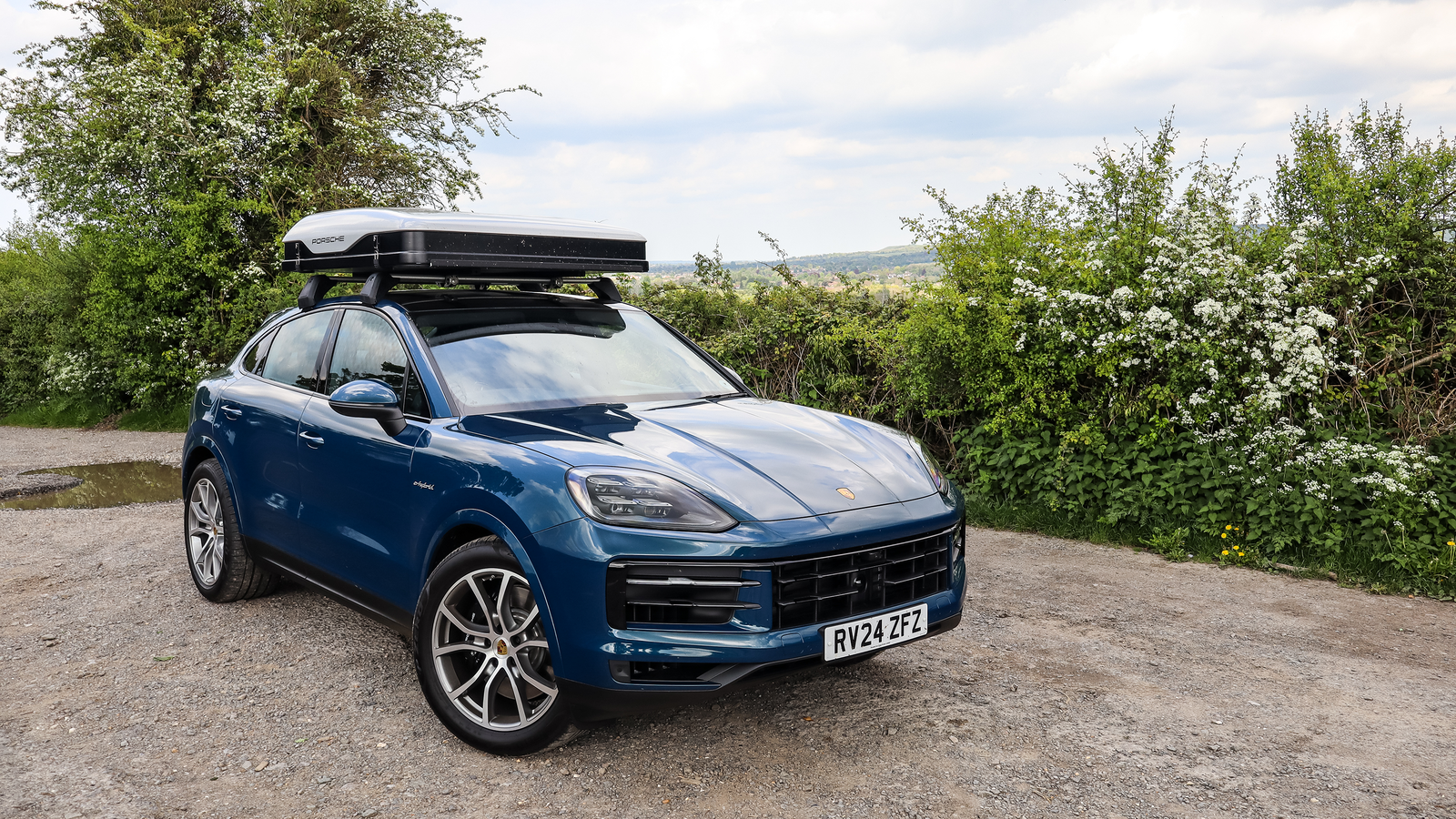
Pros
- A superbly comfortable, refined thing to cover big miles inEvidence of proper Porsche DNA in the chassis
Cons
- Can't always hide its sheer weightAll this excellence comes at big money
It’s hard to believe, but the Porsche Cayenne has been around for 22 years now. That feels like enough passage of time – not to mention enough extra-special 911s directly enabled by its massive success – for even the most devoted Porsche faithful to come to terms with the company producing an enormous luxury SUV.
The third-generation car was launched in 2017, but last year received a comprehensive overhaul that brought rejigged powertrains, a refreshed interior and revised suspension, including range-wide standard-fit Porsche Active Suspension Management. It also kept reasonably crisp styling, refreshing when so many rivals now pack aggro front ends and creasy flanks. Elsewhere, the previously V6-powered Cayenne S regained a V8, the GTS got a heap more power and the unhinged Turbo GT was killed off, in Europe at least.
The one we’ve been driving is an altogether calmer affair, though. It’s the plug-in S E-Hybrid which, unlike its pure combustion equivalent, sticks to a V6 – a 3.0-litre, 348bhp twin-turbocharged unit. It’s paired with a 174bhp electric motor and 25.9kWh battery, which allows a quoted 56 miles of all-electric range. Combined peak power is 511bhp and you get a meaty 553lb ft of peak torque, all sent through an eight-speed automatic.
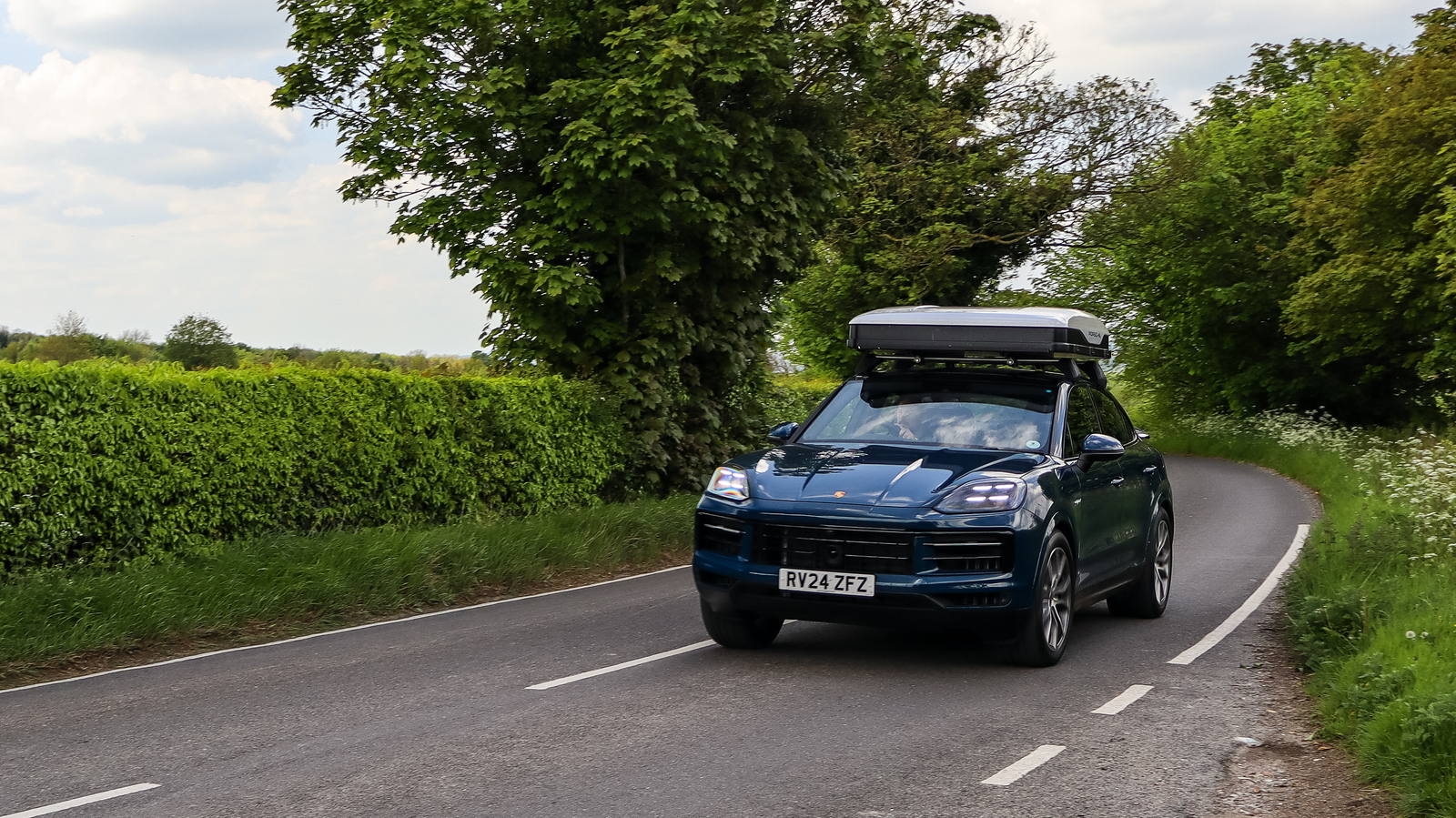
Ignore the quoted 201.8mpg economy figure, which is calculated using the WLTP test’s ever-unrealistic method for PHEVs. In the real world, doing enough regular mileage for the engine to be the main motivational force, MPG in the 30s should be comfortably doable – unless, like us, you have Porsche’s very cool but economy-destroying roof tent fitted (the opportunity to spend the night in this didn’t arise, but it’s a remarkably easy thing to erect – and can also be fitted to a 911!).
Our car had the fastback-ish Coupe body, which sacrifices a bit of headroom and boot space over the regular SUV-shaped Cayenne for precisely zero performance or economy gain by Porsche’s numbers. Still, people seem to like these things, so who are we to judge Porsche for making it?
First impressions upon clambering inside are massively positive. The redesigned dash, which ditches the cowling around the instrument cluster, might look a bit odd in photos but works superbly in reality. The configurable cluster itself is also brilliant – clear, logically laid out and easy to flick between different display modes, which includes a digital homage to the classic 911 five-dial setup. Neat.
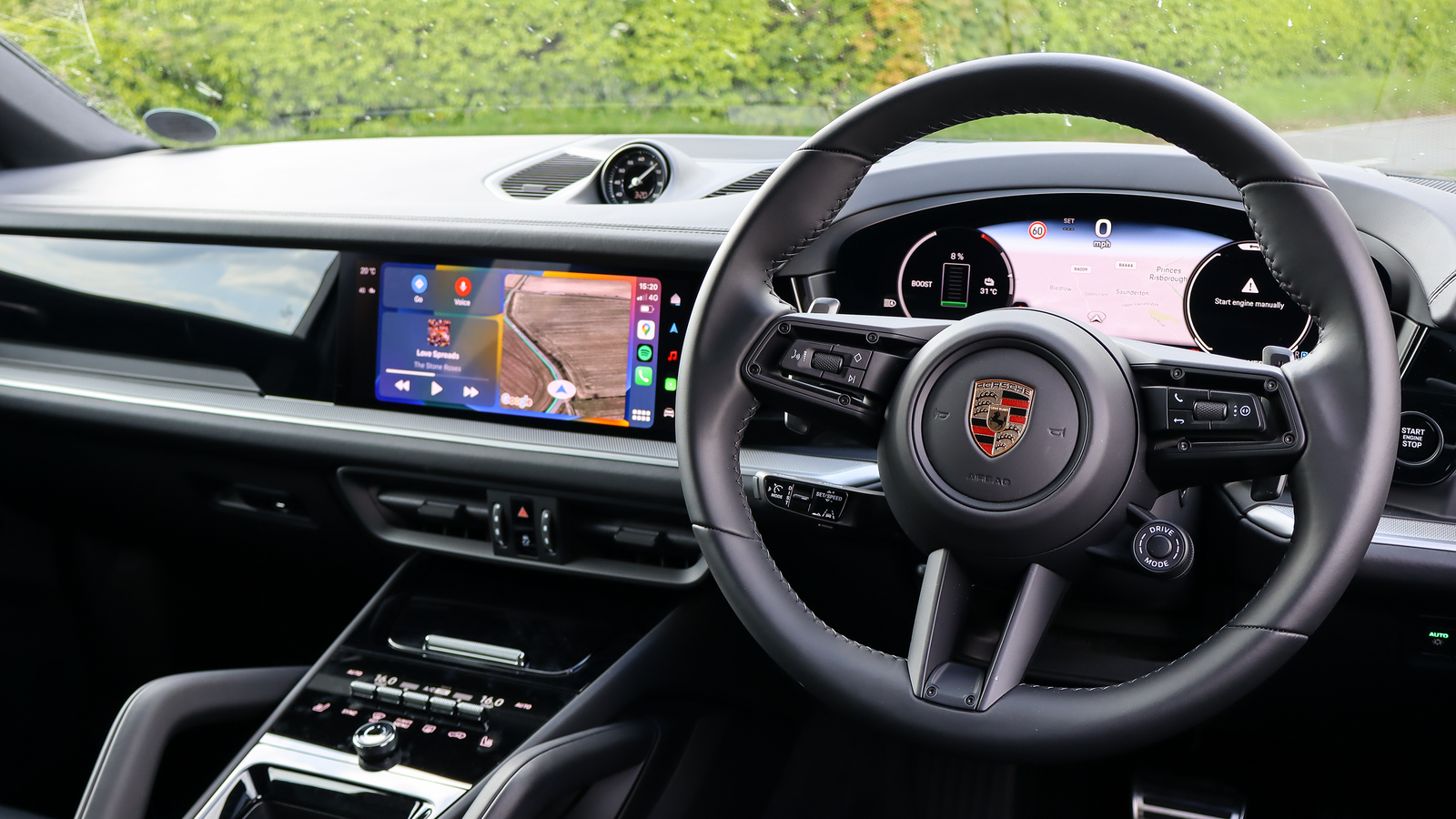
We car journalists really enjoy a good moan about cars ditching physical buttons and migrating everything onto a screen, but it is possible to go too far the other way. The new Cayenne strikes a good balance: you’ll mainly run CarPlay or Android Auto on the central screen, and most other things you’ll plausibly want to fiddle with on the move are handled by a carefully considered bank of tactile switches and buttons on the centre console.
The quality of all the materials is excellent, and the driving position is a real highlight, offering the commanding view that people like in an SUV while still resting you snug and low relative to the rest of the interior. The placement of the little toggle selector for the gearbox – on the dash, beside the wheel – is a bit odd at first, but you quickly adjust.
Things just get better as you begin driving. Unless your battery’s completely empty, or you immediately put the car in Sport mode, the Cayenne will always move about silently on electric drive at low speeds, and when the V6 does kick in, it’s a smooth, unobtrusive transition.
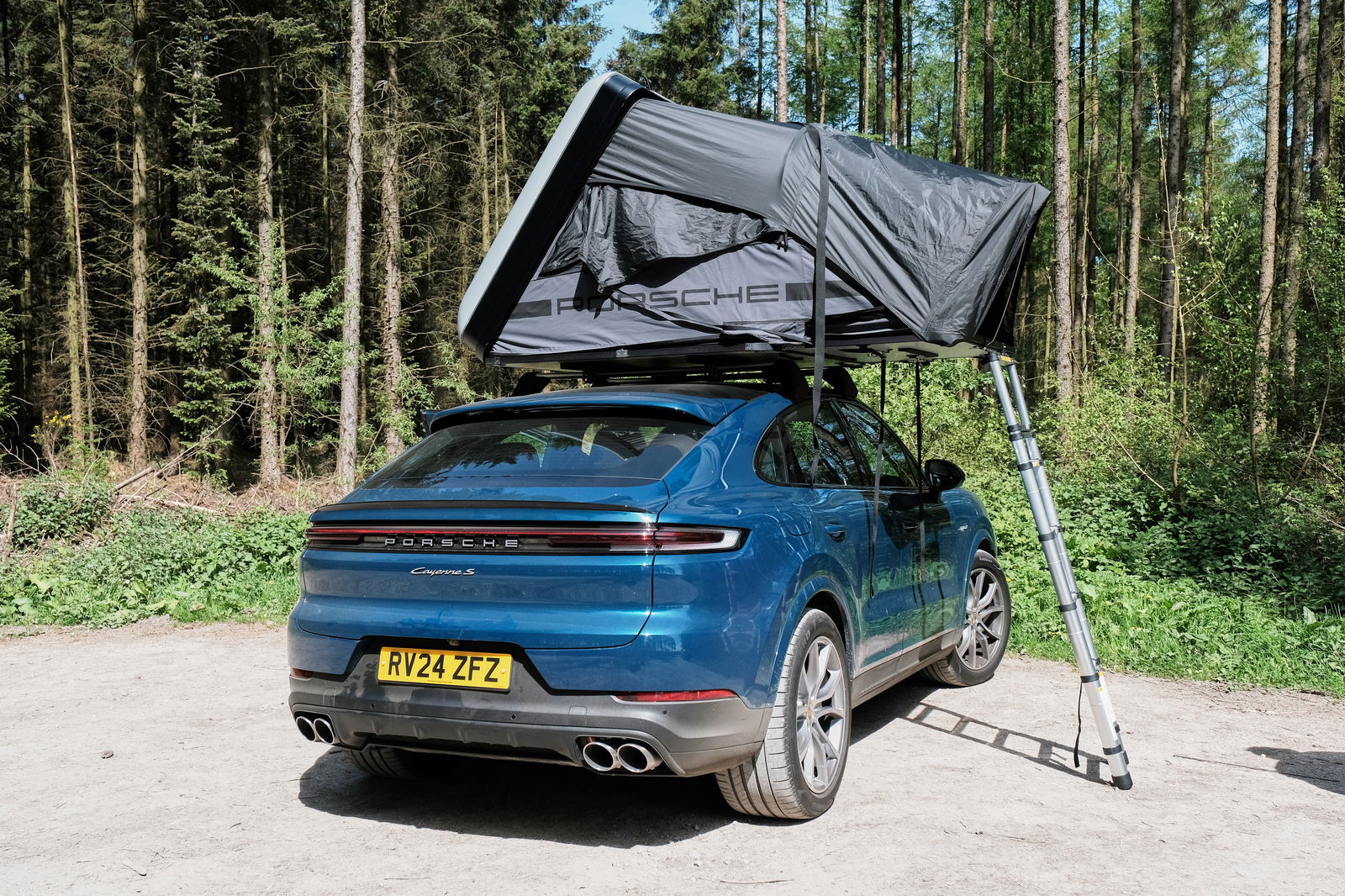
Where the Cayenne really impresses is in its breadth of personality. Cruising about normally, it’s a well-hushed wafter (again, were it not for the tent causing a racket on the roof), gliding about gracefully on its adaptive air suspension. In these lovely surroundings, there’s a sense that you could point the car at the opposite end of the country with neither you nor it breaking a sweat.
Twist the little rotary drive mode selector into Sport, though, and you’ll find that the Porsche badge isn’t just for show. Plant it, and there’s the slightest hesitation while the turbochargers gird their loins and the gearbox drops a couple of cogs, then the car pitches backwards, pointing its nose upwards like a hydrofoil boat as some big numbers appear on the dash. With engine and motor co-operating, the S E-Hybrid will hit 62mph in a quoted 4.7 seconds, and a 163mph top speed.
You’re left wondering why you’d possibly want one of the V8 versions – that is, assuming you’ve got some electricity to help out. With a dead battery, it’s still far from slow, but you have to work the V6 noticeably harder to shift around the car’s 2440kg mass.
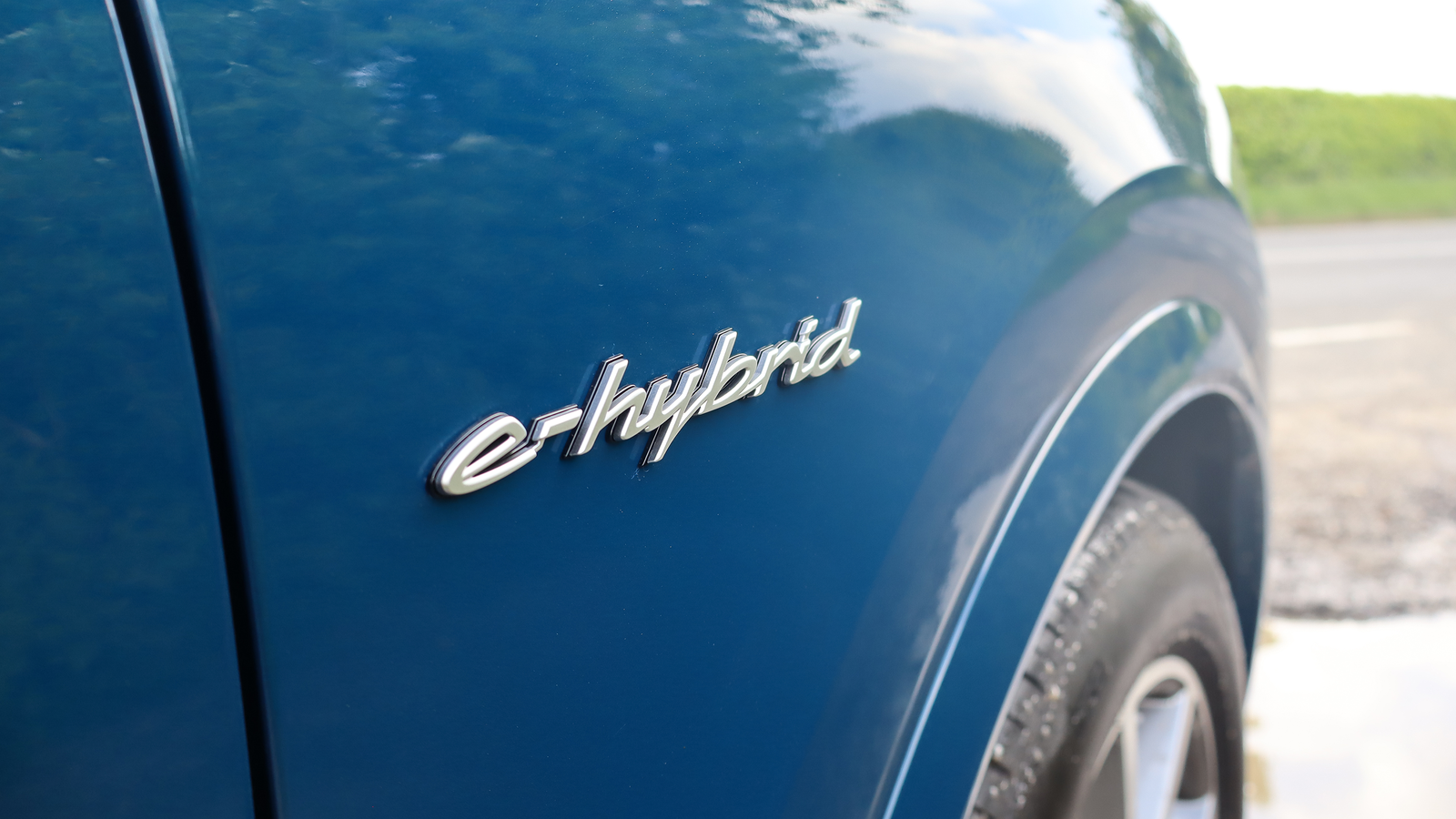
When switching to Sport or Sport Plus mode, the Cayenne’s adaptive suspension defaults to a corresponding setting, but a pop-up menu allows you to immediately switch it back to normal while keeping the hotter powertrain calibration. This is a good idea: the harder damper settings can be a bit much for British roads, and there’s not an enormous tradeoff in lateral movement with the softer suspension.
The steering is very well-weighted and direct, and this car’s optional rear-axle steering and Porsche Torque Vectoring Plus system helps keep things tidy and stable at speed. In general, it handles very well for a two-and-a-half-ton SUV, but remember that qualifier, and be prepared to plan ahead a little if hustling along a good road.
The brakes could also use a bit more bite, especially around town, where you sometimes find yourself having to properly stand on the pedal to fight the drivetrain’s forward creep. Actual brake feel is impressive for a PHEV, though, with little to no interference from the regen.
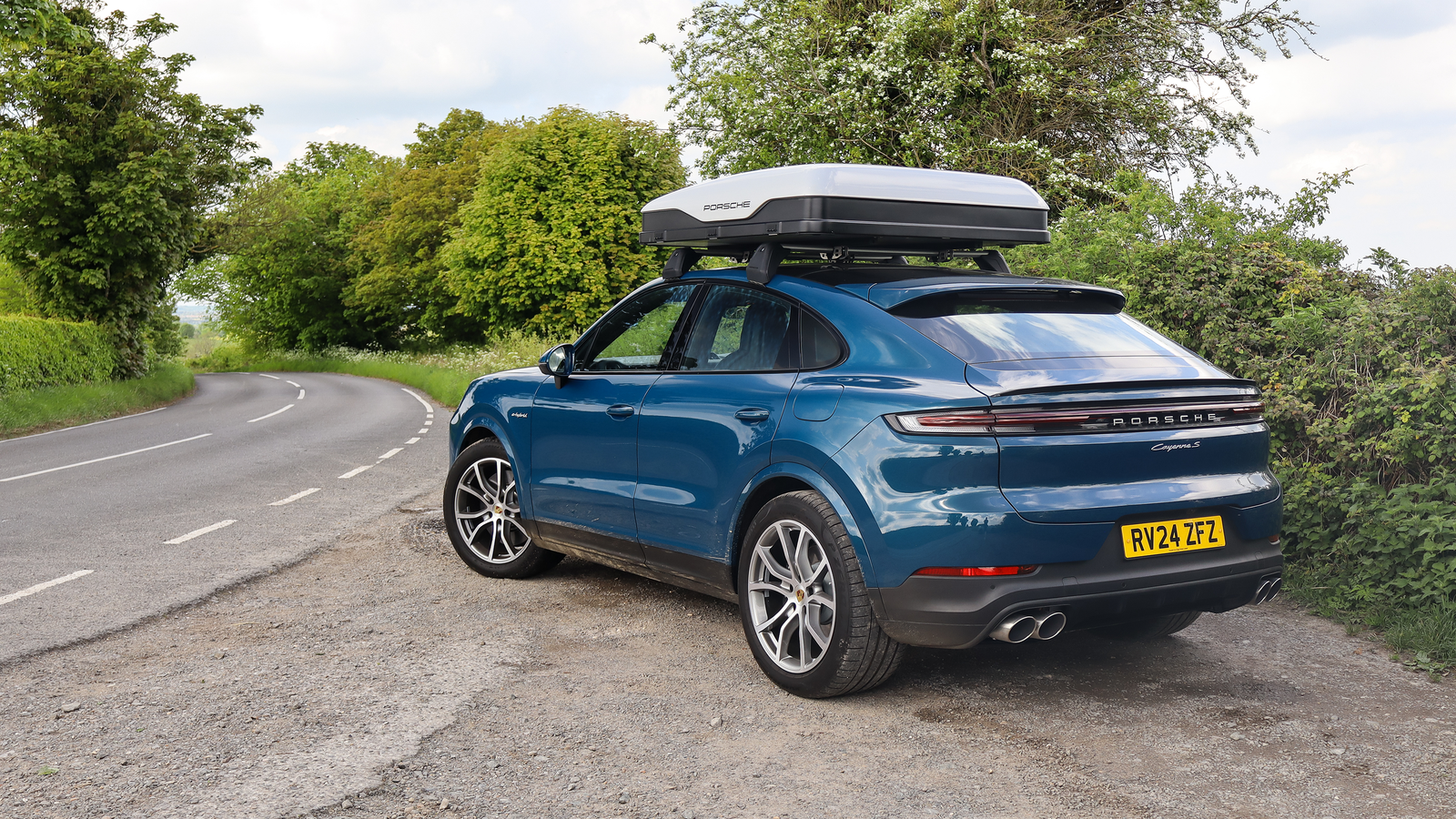
It’s easy to see why the Cayenne has been such a moneymaker for Porsche for the last two decades. In its latest guise, it’s comfy, handsome inside and out, impeccably built, engaging enough to be worthy of the Porsche badge, and reasonably efficient if you don’t act like a complete tool.
Obviously, such a spread of talents doesn’t come cheap: an S E-Hybrid Coupe starts at £90,100, with this test car running up to £104,642. That price tag, though, gets you one of the very best luxury SUVs there is. And it probably helps bankroll the next mad, naturally-aspirated 911 too, so you’re doing us all a favour.
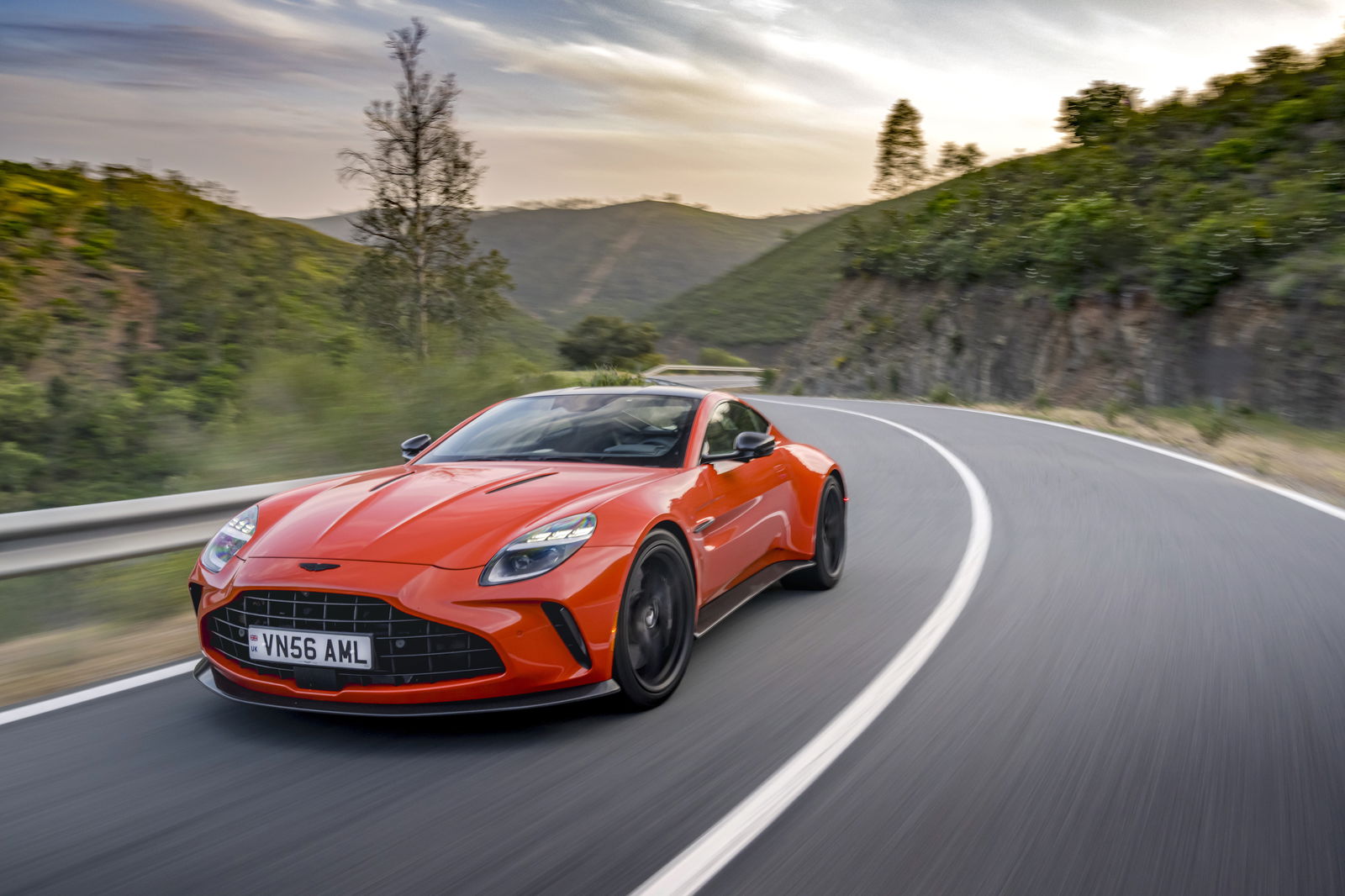
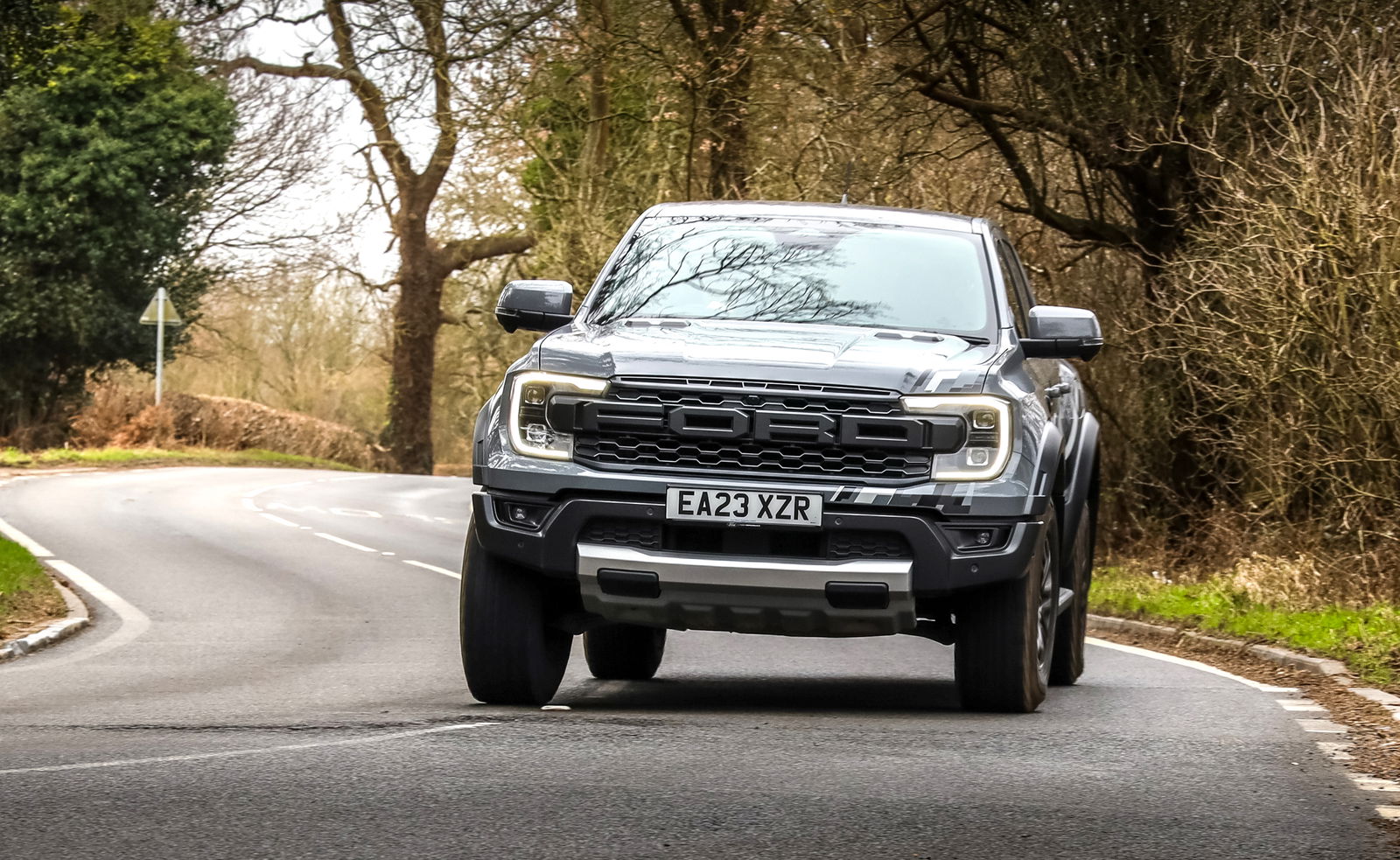

Comments